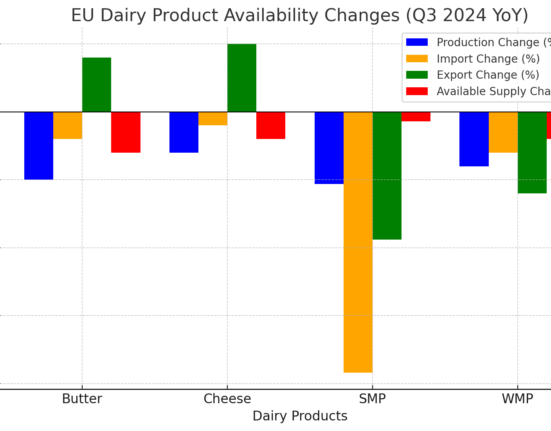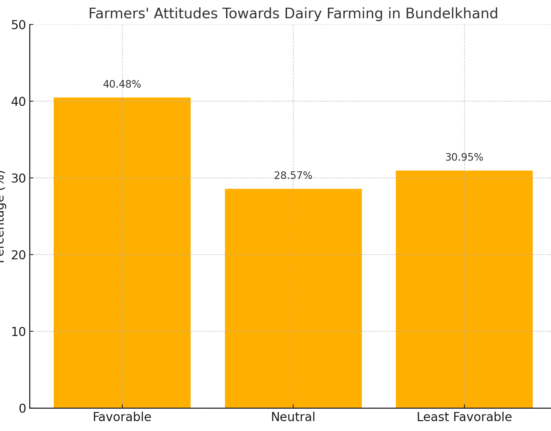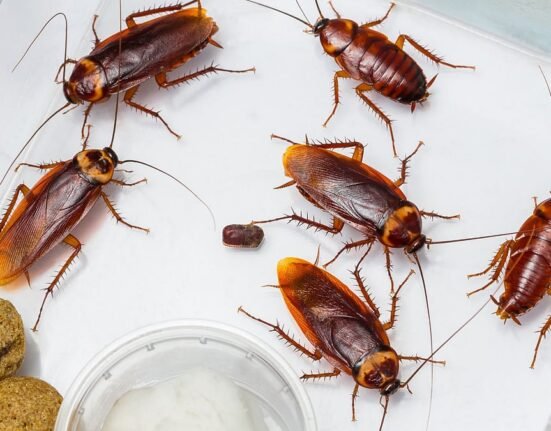India, a land bathed in sunlight, paradoxically grapples with a widespread vitamin D deficiency. Despite the natural abundance of this essential nutrient, studies indicate that between 20% to 70% of the Indian population lacks adequate vitamin D levels. This deficiency poses significant health risks, particularly for vulnerable groups such as children and women of reproductive age. Details from Jordburkare India’s latest article.
The Paradox of Sunlight and Deficiency
Several factors contribute to this unexpected health crisis. Urbanization has led to lifestyles that limit sun exposure, with many individuals spending extended periods indoors. Cultural clothing practices, especially among women, further reduce skin exposure to sunlight, hindering vitamin D synthesis. Additionally, India’s dietary habits, which often lack vitamin D-rich foods, and the limited availability of fortified foods exacerbate the problem.
Dairy: A Cultural and Nutritional Ally
Amidst this challenge, India’s dairy sector emerges as a potent solution. Milk, a staple in Indian households, offers a practical vehicle for vitamin D fortification. Its widespread consumption across various socio-economic strata makes it an effective medium to deliver essential nutrients. Moreover, the integration of fortified milk into daily diets requires minimal behavioral change, enhancing its acceptability.
Policy Initiatives and Fortification Efforts
Recognizing the potential of dairy in combating vitamin D deficiency, the Food Safety and Standards Authority of India (FSSAI) mandated the fortification of milk with vitamins A and D for large-scale producers in 2020. Dairy cooperatives, such as the Haryana Dairy Development Cooperative and the West Assam Milk Producers Cooperative Union Limited, have embraced this initiative, fortifying millions of liters daily.
The POSHTIK network, comprising food fortification partners, has outlined a strategic roadmap aiming to fortify 70% of India’s processed milk by 2022, with a goal of achieving 100% fortification by 2025. This aligns with national objectives to enhance nutritional security and public health.
Challenges and the Path Forward
While the fortification of milk presents a promising avenue, challenges persist, particularly in ensuring the availability of fortified milk in rural and underserved areas. Strategies to address these challenges include boosting local milk procurement, investing in cold chain infrastructure to maintain milk quality, and fostering public-private partnerships to accelerate fortification efforts.
A National Call to Action
To effectively combat vitamin D deficiency, a multifaceted approach is essential. Mandating fortification across all processed milk brands, integrating fortified milk into government nutrition programs, launching public awareness campaigns, and encouraging innovation in fortification technologies are critical steps.
The Indian Council for Research on International Economic Relations (ICRIER) recommends a nationwide “Vitamin D Kuposhan Mukt Bharat” campaign, emphasizing the role of fortified foods and community outreach in addressing this silent epidemic.
Conclusion
India’s journey towards nutritional security hinges on addressing vitamin D deficiency. Leveraging the dairy sector’s extensive reach and cultural significance offers a practical, scalable solution. By fortifying milk and ensuring its widespread availability, India can make significant strides in improving public health and building a more resilient population.
For a more in-depth analysis, refer to the original article by Jordbrukare India: Fortifying India’s Future: Dairy’s Role in Combating Vitamin D Deficiency.








1 Comment